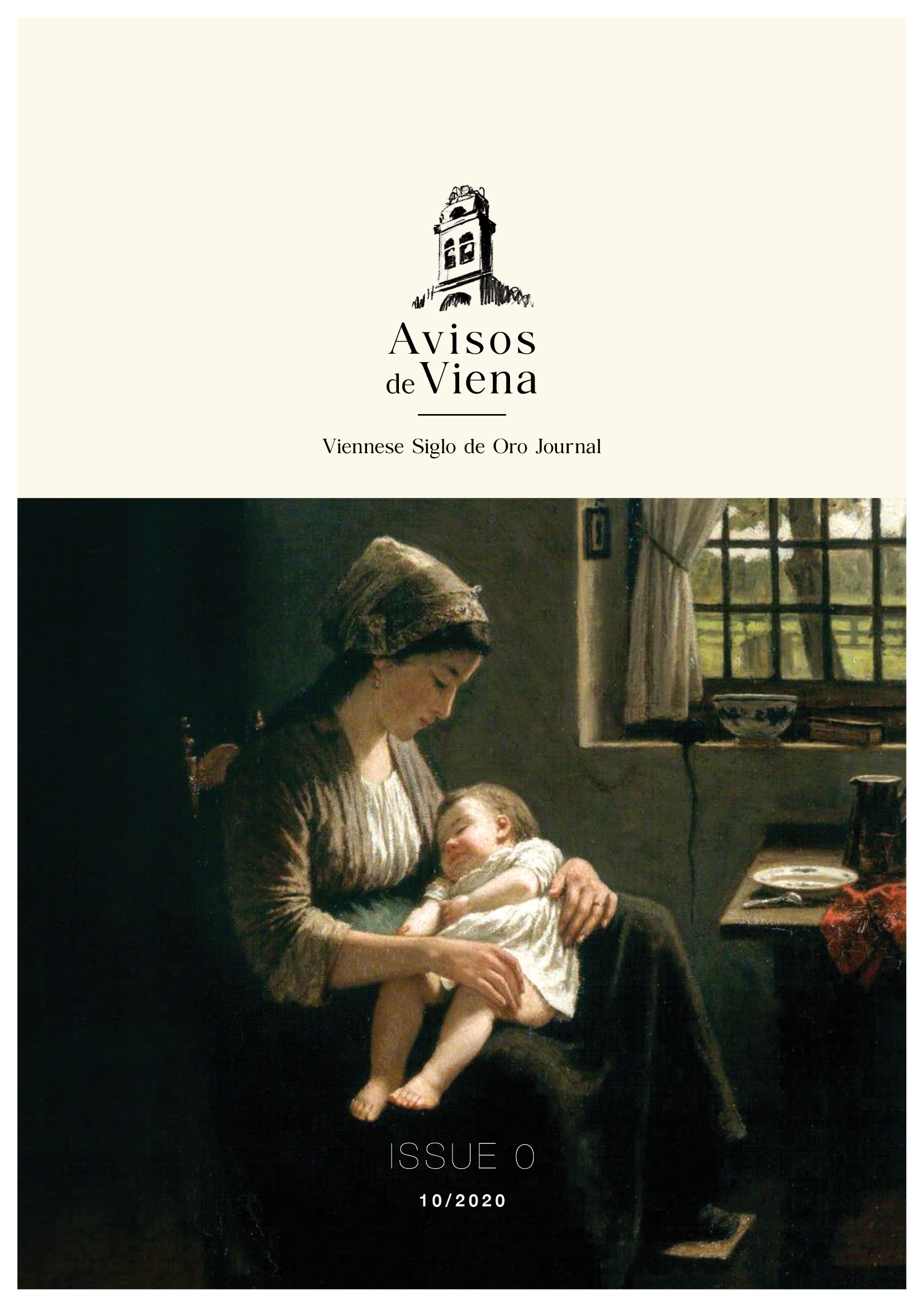El nacimiento de un nacimiento
DOI:
https://doi.org/10.25365/adv.2020.1.6170Keywords:
picaresca, pícaro, Lázaro de Tormes, la picara Justina, Francisco López de Úbeda, Siglo de Oro, Justina, The Interpretation of Childbirth in Early Modern Spain, nacimientoAbstract
The river Tormes, passing through Tejares, witnessed two unusual births around the mid-16th century: first, the offspring Antona Pérez gave to her husband, the miller of Tejares, who would later become known as the servant to many masters. Second, the birth of the picaresque genre itself, unlike the former, with no known lineage. Picaresque literature, intimately tied to the moment of birth, follows a retrospective biographical format, marking its beginning with the protagonist's arrival into the world. The birth signifies the start of the picaro's days but not necessarily the beginning of their adventures. The picaro's life and fortune are conditioned by their ancestry, emphasized by picaresque novels which highlight the character's lineage and the quality of their progenitors. These novels offer a glimpse into the challenges faced by ordinary people during the Golden Age as they navigate through life's tribulations.
References
Alemán, M. (2012). Guzmán de Alfarache I [1559] (J. M. Micó, Ed.). Madrid, Spain: Cátedra.
Cela, C. J. (2019). Nuevas andanzas y desventuras de Lazarillo de Tormes [1944]. Barcelona, Spain: Debolsillo.
Cervantes Saavedra, M. de. (2016). El ingenioso hidalgo Don Quijote de la Mancha [1605] (J. J. Allen, Ed.). Madrid, Spain: Cátedra.
Grimmelshausen, H. J. C. von. (1985). Der abenteurliche Simplicissimus Teutsch [1669] (V. Meid, Ed.). Stuttgart, Germany: Reclam.
Lazarillo de Tormes. (2014). Lazarillo de Tormes [1554] (F. Rico, Ed.). Madrid, Spain: Cátedra.
López de Úbeda, F. (2012). Libro de entretenimiento de la pícara Justina [1605] (D. Mañero Lozano, Ed.). Madrid, Spain: Cátedra.
Santos, F. (2013). Periquillo el de las gallineras [1668] (M. Donoso Rodríguez, Ed.). New York, NY: Instituto de Estudios Auriseculares.
Downloads
Published
How to Cite
Issue
Section
License
Copyright (c) 2020 Fernando Sanz-Lázaro

This work is licensed under a Creative Commons Attribution 4.0 International License.
© Open Access, CC BY 4.0








